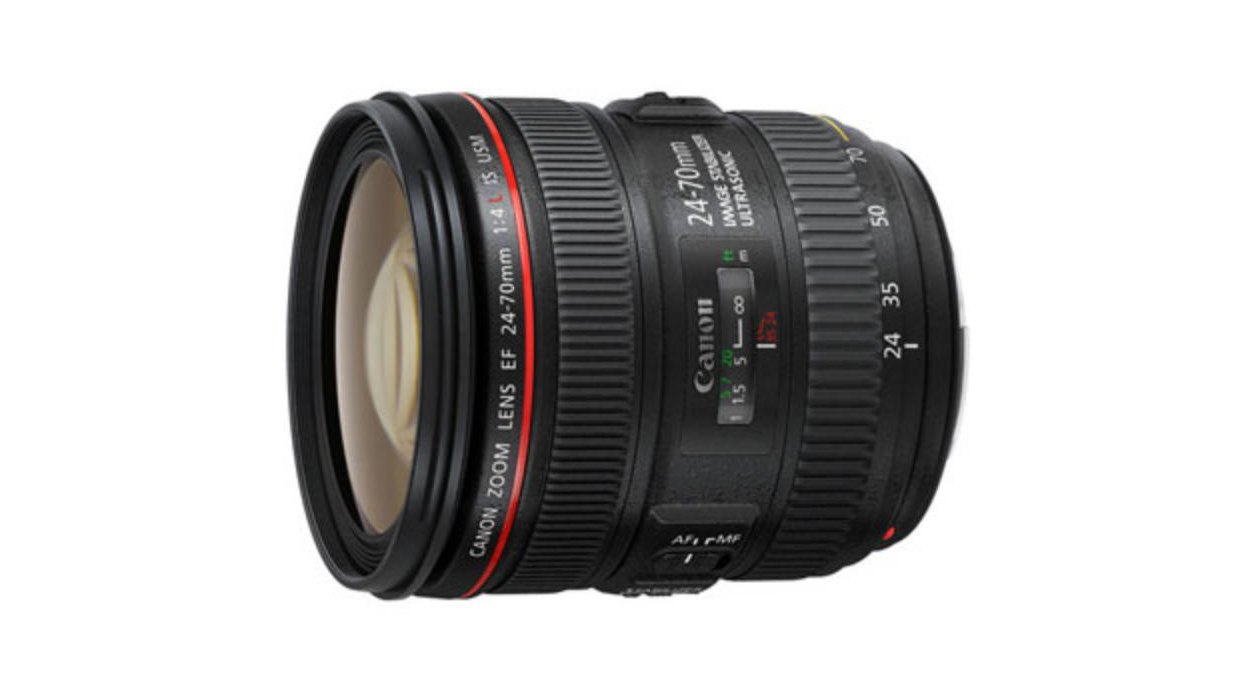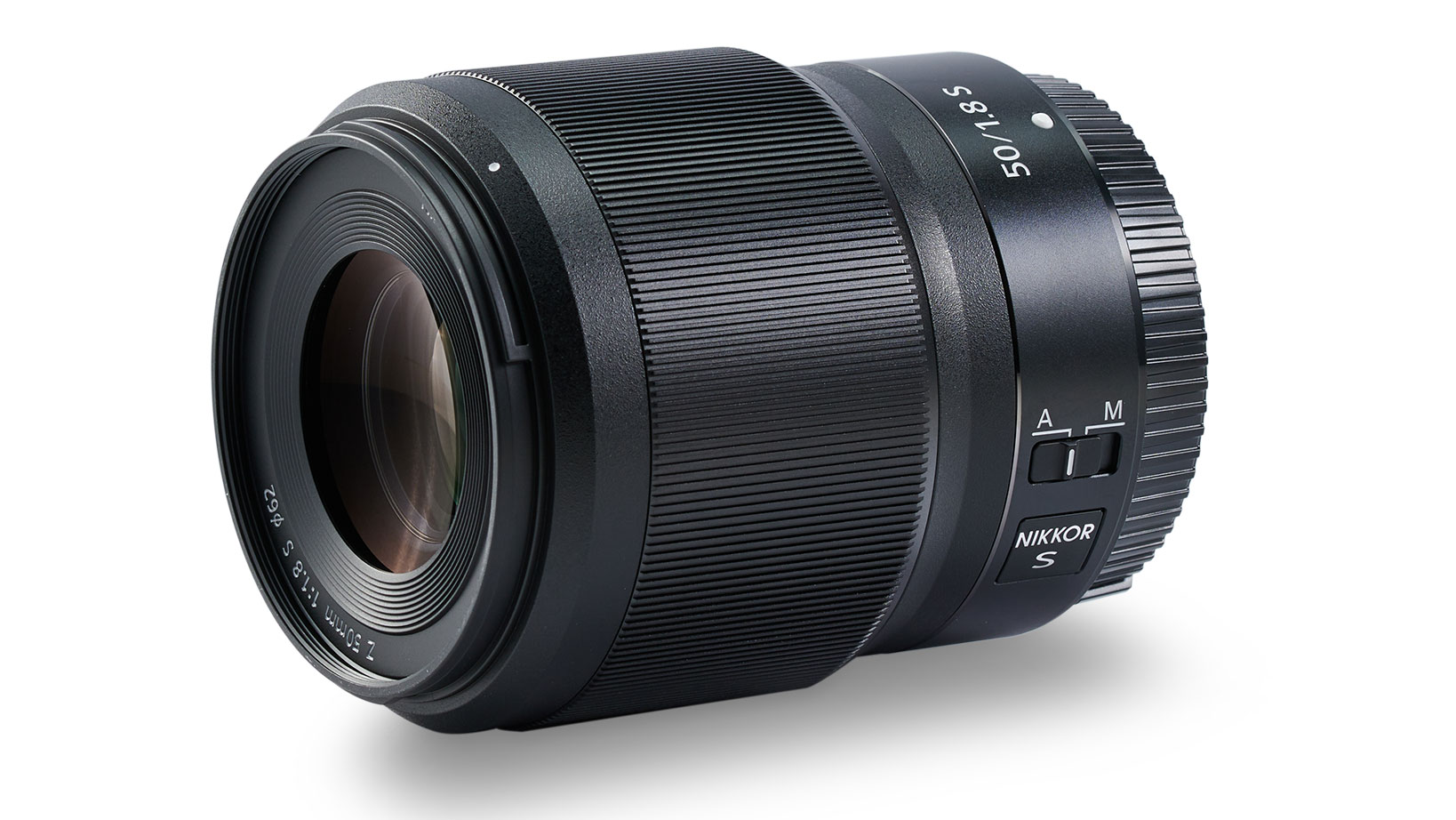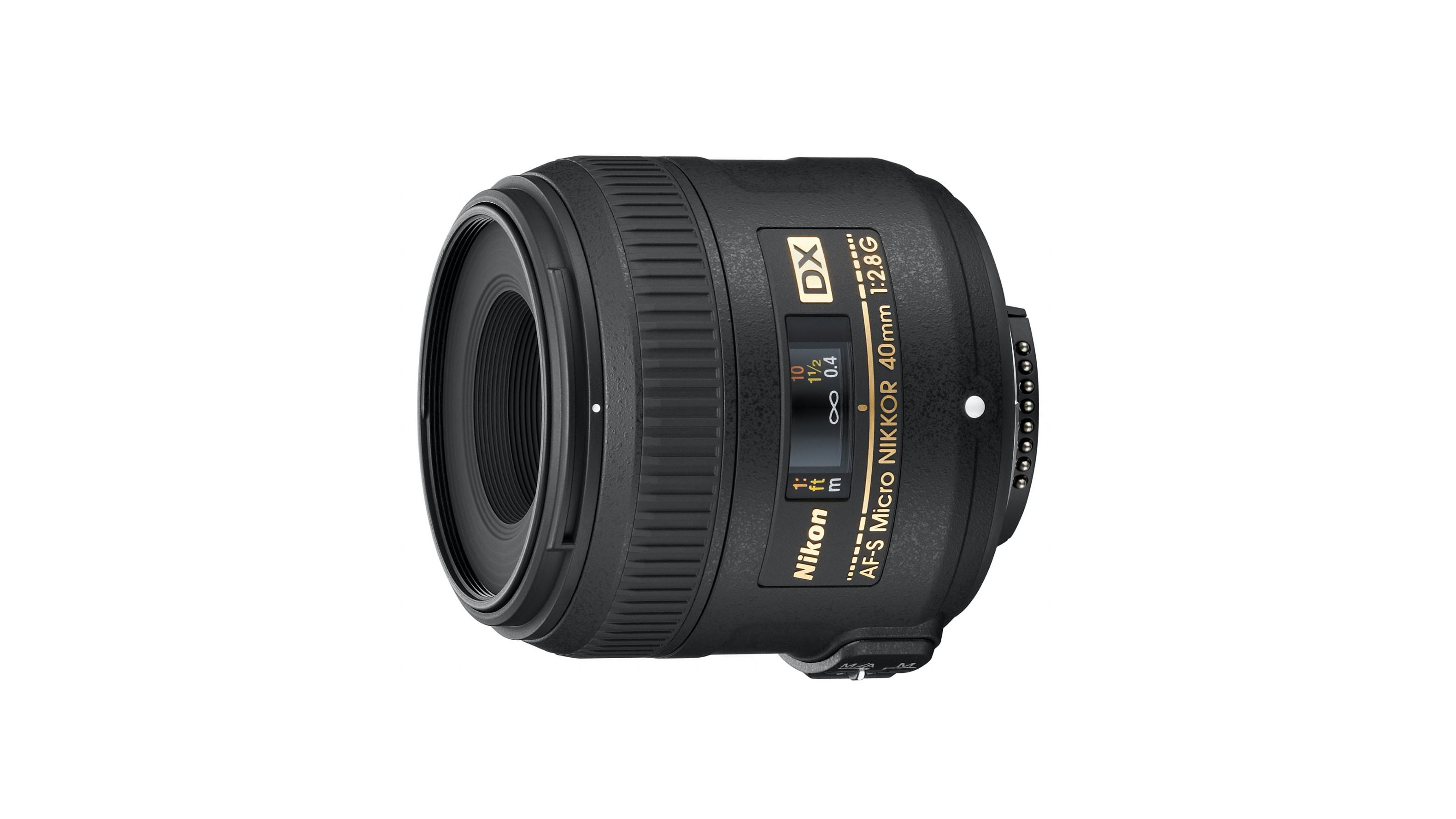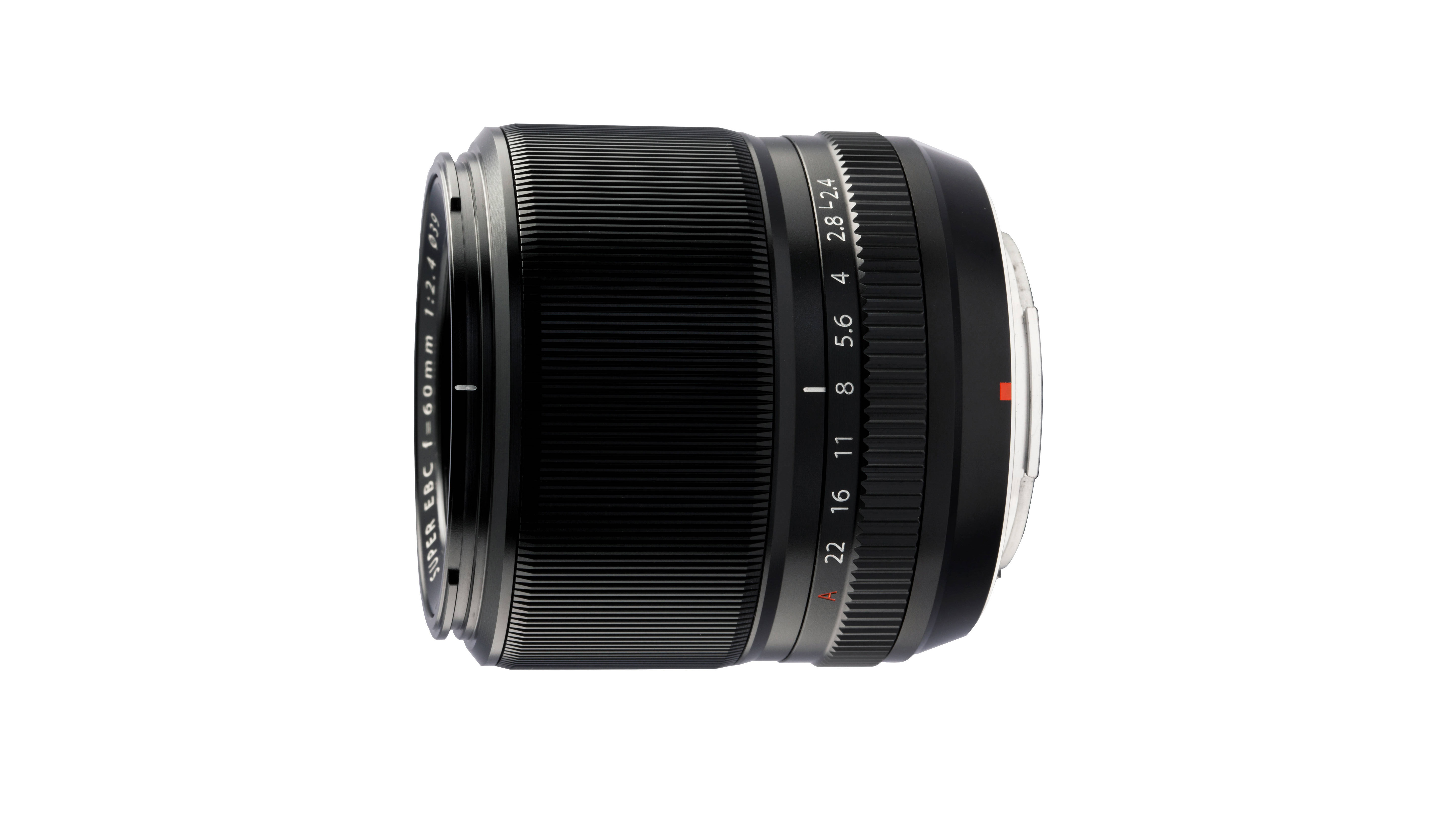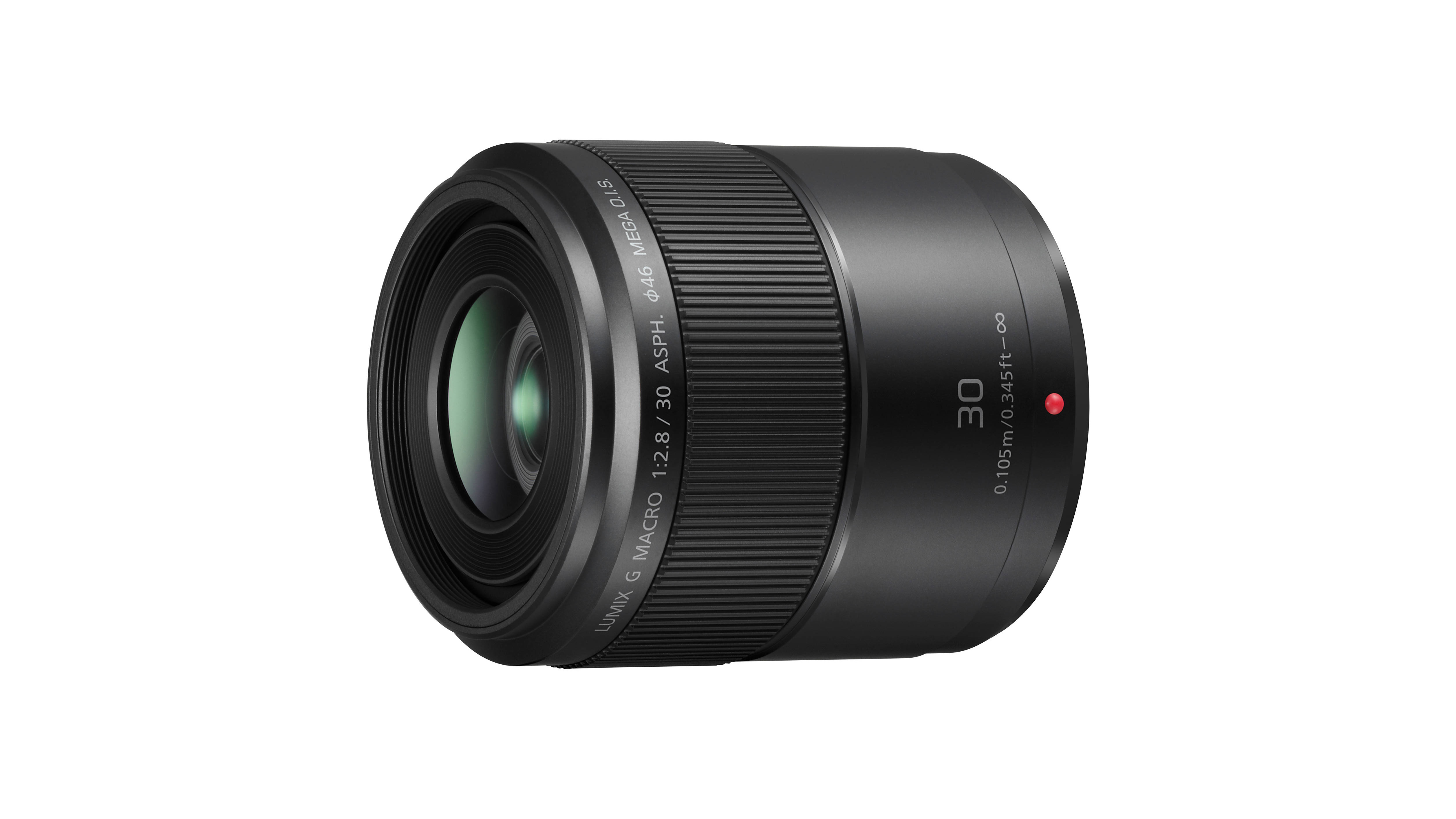The best lenses for food photography
The best lenses for food photography will help you take mouth-wateringly good photos of your favourite meals
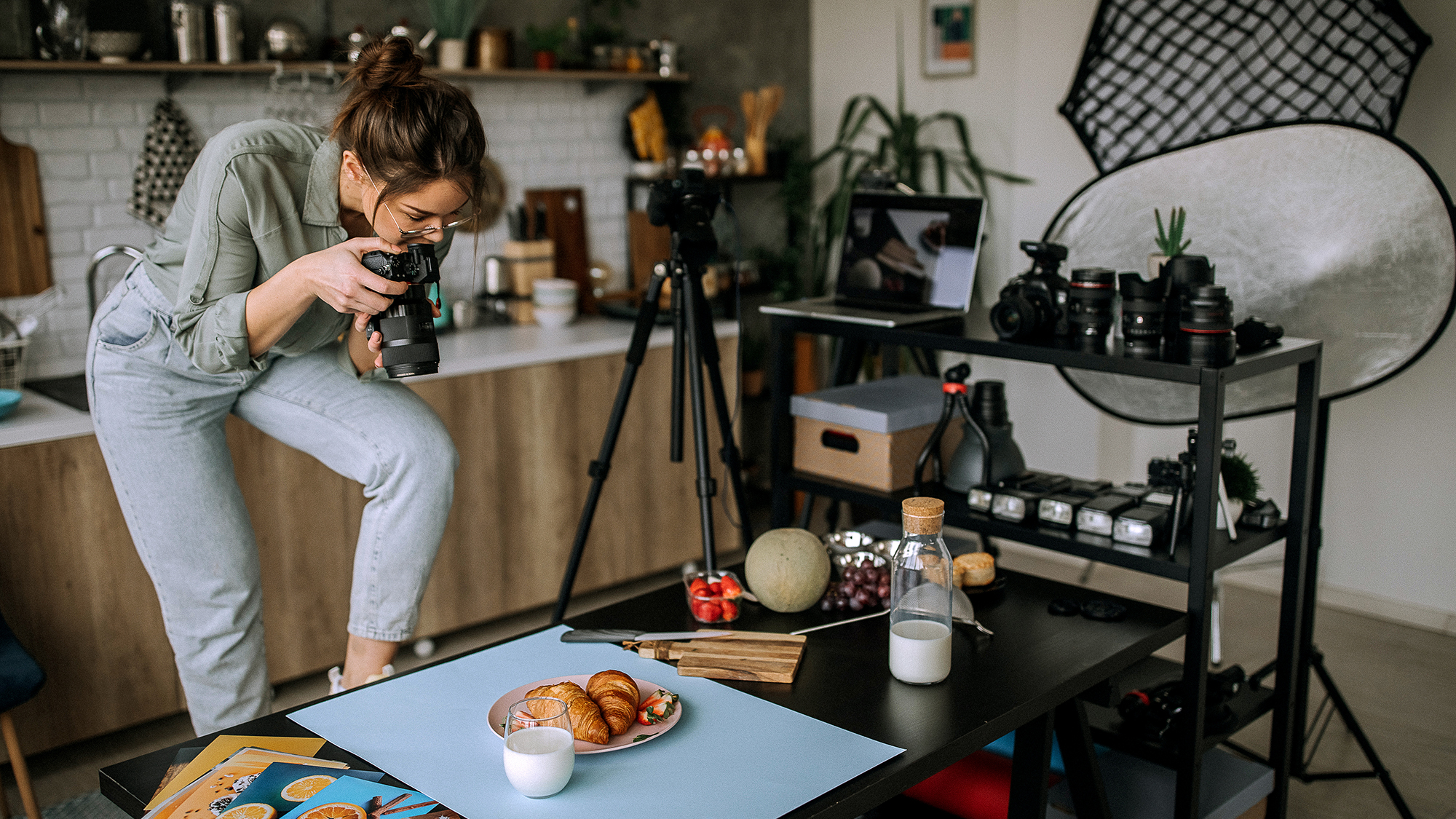
The best lenses for food photography will ensure you always end up with mouth-watering photos. Chances are if you love food and photography, you'll love combining the two and while pretty much any camera will be able to produce great photos, the right lens will make your photos look extra appetizing.
Typically, the best lenses for food photography are those that give a natural perspective. You don't want to shoot with an ultra-wide-angle lens that distorts the image as it will make your photos look strange. We'd recommend a minimum focal length of 35mm on an APS-C body or a 50mm on a full-frame camera.
If you want to get really up close to your food so you can photograph every single detail, you may want to think about investing in one of the best macro lenses. Chances are you won't need a full macro magnification factor of 1:1 but you will want a lens that focuses really close to the food you're photographing.
To make the most of available light, it’s good to have a lens with a fairly ‘fast’ aperture rating. The option of a wide aperture also enables you to get a tight depth of field, so you can blur the background if you wish, or even isolate a particular part of a dish in close-ups, by blurring its immediate surroundings.
With all of this in mind, a 30mm to 60mm macro prime lens with an aperture rating of around f/2.8 is ideal for food photography with crop-sensor cameras. For full-frame outfits, a 90mm to 105mm macro prime with the same aperture rating is a good choice.
Best lenses for food photography
Why you can trust Digital Camera World
Canon
Specifications
Reasons to buy
Reasons to avoid
This compact, lightweight RF mount 35mm lens uses a stepping motor autofocus system which means there's no focus distance scale or depth of field markings but you can view a distance scale, focus peaking and focus guide options in the shooting display menus of Canon RF mount bodies such as the Canon EOS R6 Mark II.
With a short minimum focussing distance that enables 0.5x magnification and 5-stop hybrid image stabilization, it's an excellent lens whether you want to shoot close up to your food or from further away to get a whole table in. Like most other RF lenses, it's fitted with a customizable control ring that can be set to adjust aperture, shutter speed, ISO or exposure compensation depending on your shooting preferences.
The image quality is second to none but that's to be expected from Canon RF lenses. Images are sharp from corner to corner and vignetting is only slightly noticeable when shooting at f/1.8. It does have a small amount of chromatic aberration and barrel distortion but this can be fully corrected in camera.
Specifications
Reasons to buy
Reasons to avoid
If you want a one-lens-fits-all solution you may want to think about investing in a standard zoom. The Canon EF 24-70 f/4 L IS USM is a great contender due to its lightweight design, a constant aperture of f/4 and optical image stabilization. There is an f/2.8 version of this lens but it's considerably heavier and will cost you a lot more and to be honest, you'll be able to get away with f/4 for pretty much all food photography. Another reason this lens is great is that it has a max magnification factor of 0.7 which is two to three times more than most standard zoom lenses. The image quality is very good, it sharp from corner to corner and the contrast is vibrant. The only downside is that it produced more vignetting at wide apertures than other f/4 lenses but this is easy to correct in post.
Nikon
Specifications
Reasons to buy
Reasons to avoid
There’s not yet a macro lens in Nikon’s Z-mount line-up, so you’d need to use an F-mount lens via an FTZ mount adapter for shooting extreme close-ups. Even so, the angle of view delivered by this 50mm lens on a full-frame body, along with its 0.4m closest focus distance, enables you to fill the entire image sensor with a regular sized dinner plate. The 0.15x maximum magnification ratio is also sufficient to create sizeable enlargements from small foodie treats, even more so if you shoot with a Z 50 APS-C format body. However, this makes image stabilization unavailable, which is lacking in the Z 50 but featured in full-frame Z 6 and Z 7 cameras. Autofocus is fast and virtually silent, while image quality is absolutely stellar in all respects.
Specifications
Reasons to buy
Reasons to avoid
For an f/1.4 lens the Nikon AF-S 50mm f/1.4 G is really small - in fact it;s about half the physical length of the Nikon-fit Sigma 50mm lens and about the third of the weight. The wider aperture means that even if you're shooting in low light environments without any additional lights you'll still be able to produce quite a bright image with a beautifully burred background and shallow depth of field. It'd a great lens if you want to capture detailed shots of food or very specific elements on a plate. There is also a more budget f/1.8 version which is arguably more popular due to the price and the fact the aperture is only one step down.
Specifications
Reasons to buy
Reasons to avoid
With an effective focal length of 60mm in full-frame terms, this little DX lens for Nikon’s APS-C format SLRs gives a very natural viewing perspective. It has a short minimum focus distance that enables full 1.0x magnification, although the distance between the front of the lens and what you’re shooting becomes a mere 3.5cm. You therefore need to be careful not to cast an unwanted shadow over what you’re shooting. Unlike a few similar lenses from some other manufacturers, the Nikon lacks image stabilization but at least it has a fairly fast f/2.8 aperture rating. Autofocus speed is a little pedestrian, although that’s no real problem in food photography. Image quality is great, with superb sharpness and virtually no distortion whatsoever.
Fujifilm
Specifications
Reasons to buy
Reasons to avoid
It was about time Fujifilm released another true macro lens and the compact, lightweight Fujifilm XF30mm f/2.8 R LM WR Macro is exactly what we needed. Arguably it may be a little too short for some people with an equivalent focal range of 46mm but it does have a minimum focusing distanceof 10cm and a magnification ratio of 1:1 so you can get really close to your subjects to create images with impressive depth of field. It's incredibly well built and despite weighing just 195g still has a lot of metal features which adds to the high-quality finish. If you're after a macro lens and don't want to spend big bucks, this is what we would go for as it's very versatile and easy to carry around.
Specifications
Reasons to buy
Reasons to avoid
Fujifilm’s 60mm macro lens is compact and lightweight but well-engineered and smartly turned out. It has an effective focal length of 90mm, taking into account the 1.5x crop factor of Fujifilm’s X-mount cameras, giving the same angle of view as popular 90mm macro lenses on full-frame cameras. The closest focus distance of 0.27x enables 0.5x macro magnification, which should prove ample for food photography. High-quality glass includes a moulded aspheric element and an ED (Extra-low Dispersion) element. The fast f/2.4 aperture enables a very tight depth of field at short focus distances, along with pleasing bokeh (the pictorial quality of defocused areas). Unlike an increasing number of macro lenses from other manufacturers, however, there’s no optical image stabilizer.
Olympus and Panasonic
8. Panasonic LUMIX G Macro 30mm f/2.8 Asph Mega OIS
Specifications
Reasons to buy
Reasons to avoid
A peach of a lens for food photography, the Panasonic 30mm gives a very natural viewing perspective, equivalent to using a 60mm lens on a full-frame camera. It’s small and particularly lightweight, at just 180g, but very nicely built with a high-quality feel. It’s super-sharp even when shooting wide-open at f/2.8, right down to its closest focus distance of 0.11m which enables full 1.0x magnification. Thanks to the 2.0x crop factor of Micro Four Thirds cameras, you get an effective 2.0x magnification compared with a full-frame camera. The only downside is that the front of the lens comes very close to the subject in full macro shooting.
Specifications
Reasons to buy
Reasons to avoid
The Olympus M.Zuiko 12-45mm f/4 Pro is currently the world’s smallest and most lightweight fixed aperture standard zoom lens. Weighing in at just 254g, it's also incredibly compact at just 70mm length. Its Pro designation means it sports an all-metal construction and is fully weather sealed to withstand water, dirt and freezing temperatures. Able to focus as close as 12cm at the widest end and 23cm at the telephoto, and offering 0.25x maximum magnification (0.5x equivalent, in full-frame terms) across the zoom range, it makes it a great option for food photography.
Sony
Specifications
Reasons to buy
Reasons to avoid
This premium macro lens for Sony full-frame and APS-C format E-mount cameras has plenty of high-end handling features. There’s Optical SteadyShot and a fast, near-silent autofocus system powered by a ‘Direct Drive Super Sonic wave Motor’. Further focusing attractions include a customizable focus hold the button on the barrel and a range limiter switch. A push-pull mechanism in the focus ring enables easy switching between autofocus and manual focus, reminiscent of classic macro lenses from the likes of Tamron and Tokina. Helped by the inclusion of aspherical, ED (Extra-low Dispersion), and Super ED elements, sharpness and clarity are excellent, along with minimal color fringing and distortion. Meanwhile, defocused areas in images have a pleasingly smooth appearance. All in all, it’s the perfect lens for food photography with A7 and A9 series cameras.
Specifications
Reasons to buy
Reasons to avoid
The Sigma 28-70mm f/2.8 is a fantastic lens for food photography as you can zoom right in for detailed shots or shoot at the wide end if you need to get an entire table in shot. It has a beautiful focus fall off so the background is beautifully blurred and the focus point pin sharp. It's a lot cheaper, lighter and smaller than the Sony 24-70mm f/2.8 and you'd even be able to buy another lens for the same price as just the one.
Other considerations
You'll also want to think about lighting. Most food photography is done indoors so there might not be a huge amount of ambient light. The best way to get around this is by investing in one of the best photography lighting kits - this can be either studio flash or LED panels but if you're not used to shooting with lights LED panels will be easier to use. This is because once they're set up you'll be able to preview the exposure in-camera without worrying about the light changing. It would also be a good idea to invest in big white sheets of card as these can be used to bounce sunlight or other light sources for a more subtle look. Creating highlights and shadows will give your photos more depth and make your food look even more delicious.
How we test lenses
We test lenses using both real world sample images and lab tests. Our lab tests are carried out scientifically in controlled conditions using the Imatest testing suite, which consists of custom charts and analysis software that measures resolution in line widths/picture height, a measurement widely used in lens and camera testing. We find the combination of lab and real-word testing works best, as each reveals different qualities and characteristics.
Read more:
• 10 food photography tips
• Need to shoot ultra close ups? These are the best macro lenses
• The best 50mm lenses are also great for food photography
• The best books on food photography
The best camera deals, reviews, product advice, and unmissable photography news, direct to your inbox!
Matthew Richards is a photographer and journalist who has spent years using and reviewing all manner of photo gear. He is Digital Camera World's principal lens reviewer – and has tested more primes and zooms than most people have had hot dinners!
His expertise with equipment doesn’t end there, though. He is also an encyclopedia when it comes to all manner of cameras, camera holsters and bags, flashguns, tripods and heads, printers, papers and inks, and just about anything imaging-related.
In an earlier life he was a broadcast engineer at the BBC, as well as a former editor of PC Guide.

